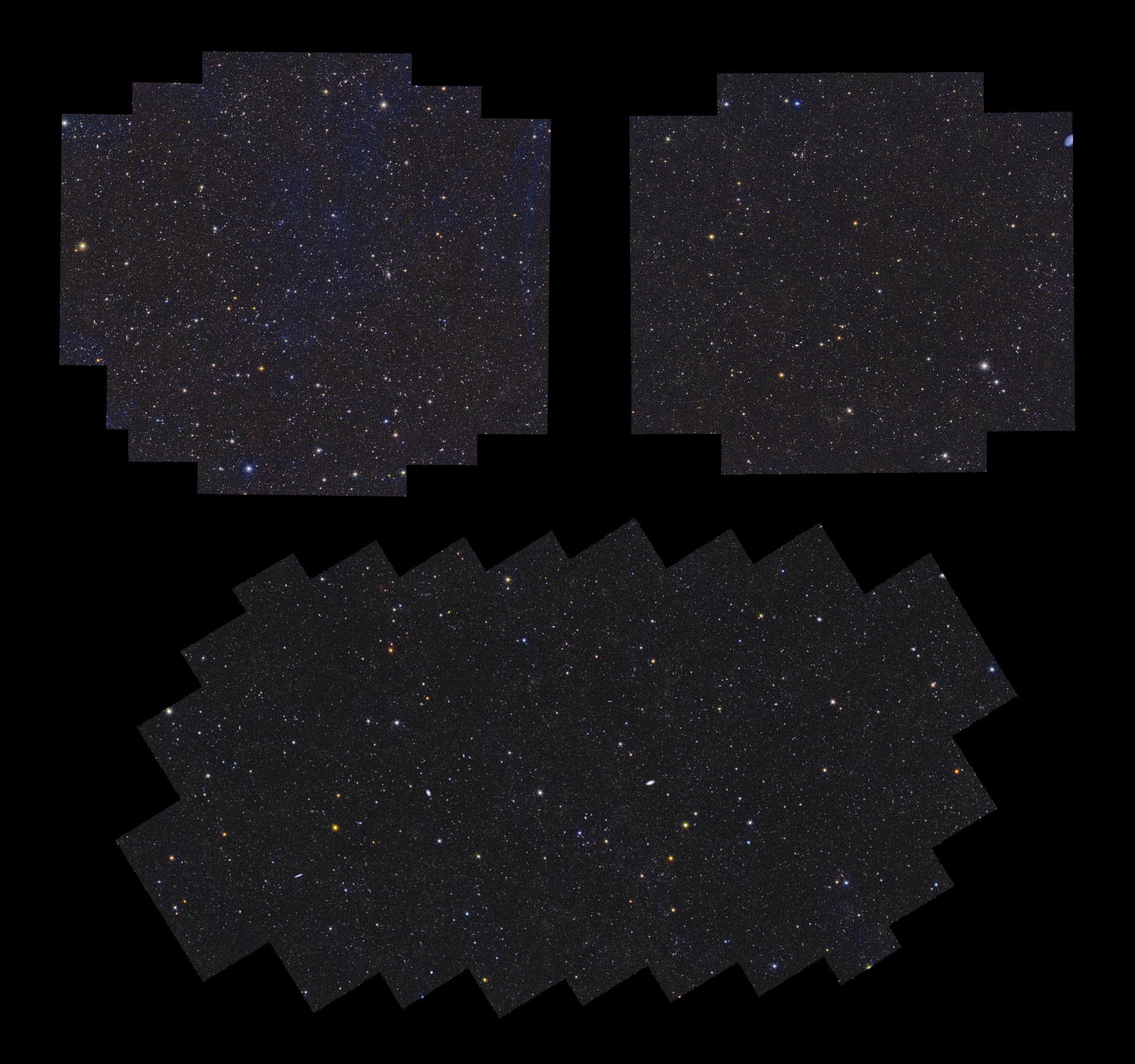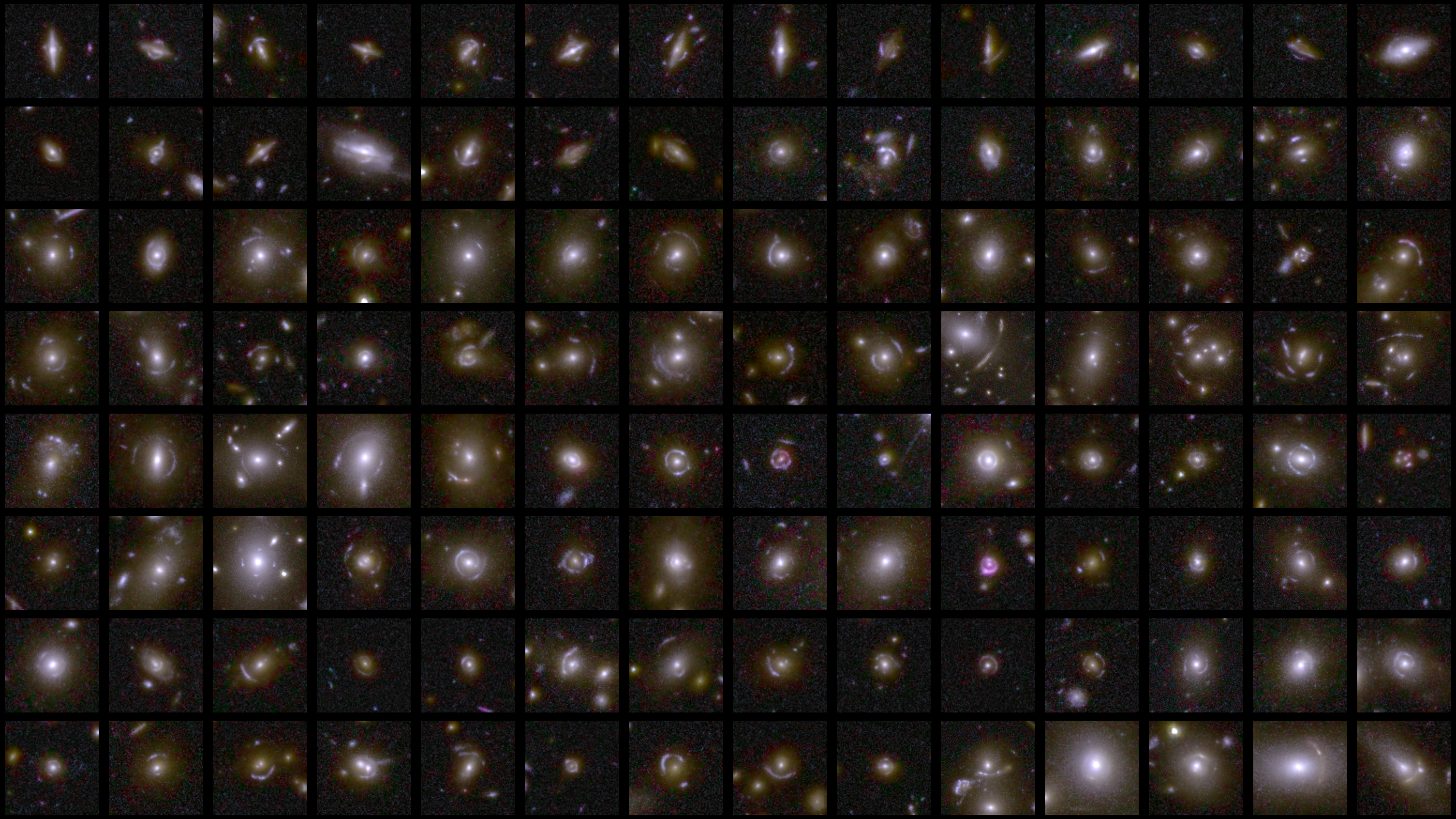We are a step closer to understanding the mysteries of dark energy and dark matter. The European Space Agency’s Euclid telescope has just released its first batch of data. In this rich survey, the mission has captured millions of galaxies, revealing the first details about how they are organized in the cosmic web.
ADVERTISEMENT
Understanding how galaxies are distributed and how they appear to move is crucial to solving the mystery of the dark universe. Despite being fundamental features, we do not know what dark matter and dark energy are.
The dataset is the first of many, and included the classification of 380,000 galaxies and 500 gravitational lens candidates from citizen scientists and machine learning algorithms – a tiny fraction of the 26 million galaxies that Euclid was able to observe in just one week.

Image credit: ESA/Euclid/Euclid Consortium/NASA, image processing by J.-C. Cuillandre, E. Bertin, G. Anselmi
“Euclid shows itself once again to be the ultimate discovery machine. It is surveying galaxies on the grandest scale, enabling us to explore our cosmic history and the invisible forces shaping our universe,” ESA’s Director of Science, Professor Carole Mundell said in a statement.
“With the release of the first data from Euclid’s survey, we are unlocking a treasure trove of information for scientists to dive into and tackle some of the most intriguing questions in modern science. With this, ESA is delivering on its commitment to enable scientific progress for generations to come.”
The three targeted areas are deep fields, but not that deep for Euclid’s standards and expectations. The space telescope will observe the three regions over and over again, providing the deepest looks at these celestial slices that humanity has ever performed. But even this early work has huge potential.
ADVERTISEMENT
“It’s impressive how one observation of the deep field areas has already given us a wealth of data that can be used for a variety of purposes in astronomy: from galaxy shapes, to strong lenses, clusters, and star formation, among others,” added Valeria Pettorino, ESA’s Euclid project scientist.
“We will observe each deep field between 30 and 52 times over Euclid’s six year mission, each time improving the resolution of how we see those areas, and the number of objects we manage to observe. Just think of the discoveries that await us.”

Some of the gravitational lens candidates spotted by Euclid and classified by citizen scientists and AI.
Image credit: ESA/Euclid/Euclid Consortium/NASA, image processing by M. Walmsley, M. Huertas-Company, J.-C. Cuillandre
This data release is just 0.4 percent of the expected final dataset. By the nominal end of its mission, Euclid should have observed 1.5 billion galaxies generating 100 gigabytes of data a day. It will classify 100,000 galaxy-galaxy gravitational lenses. Only 100 of them are currently known. It’s in the classification of this enormous amount of data that citizen scientists and AI come in.
“Euclid is very quickly covering larger and larger areas of the sky thanks to its unprecedented surveying capabilities,” stated Pierre Ferruit, ESA’s Euclid mission manager, who is based at ESA’s European Space Astronomy Centre (ESAC) in Spain, home to the Astronomy Science Archive where Euclid’s data will be made available.
ADVERTISEMENT
“This data release highlights the incredible potential we have by combining the strengths of Euclid, AI, citizen science and experts into a single discovery engine that will be essential in tackling the vast volume of data returned by Euclid.”
Euclid is set to solve some major cosmic mysteries, and it is doing it with gloriously detailed views of the universe.
Source Link: Euclid’s Incredible New Deep Fields Are A Precious Look Into The Dark Universe